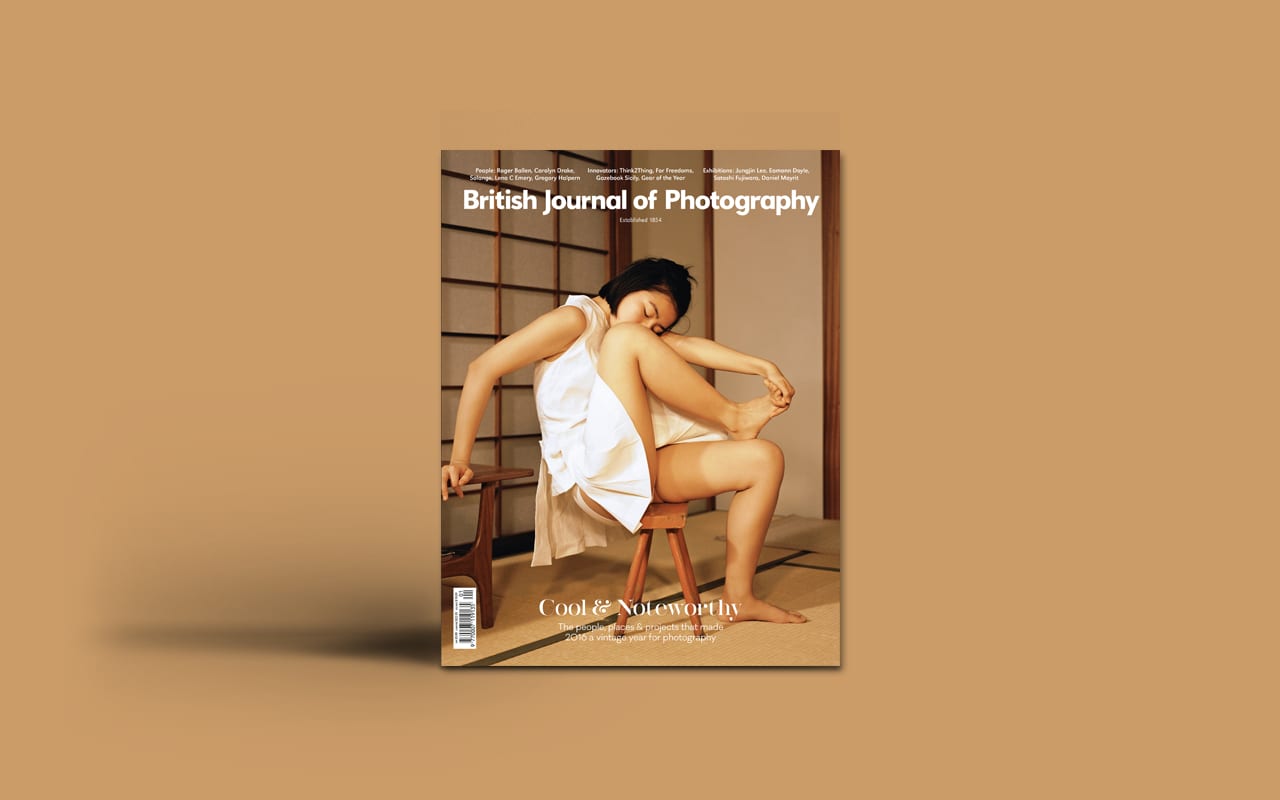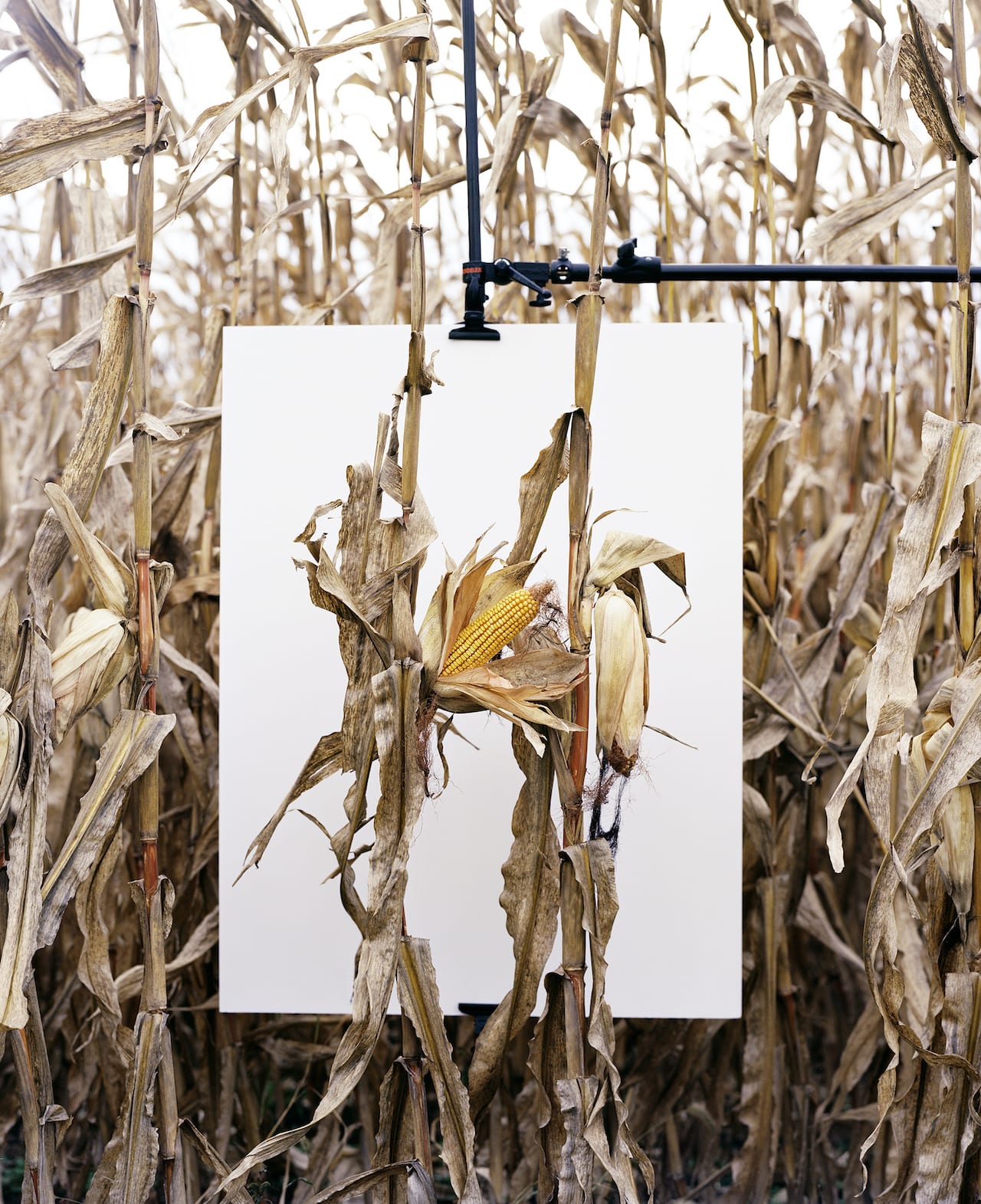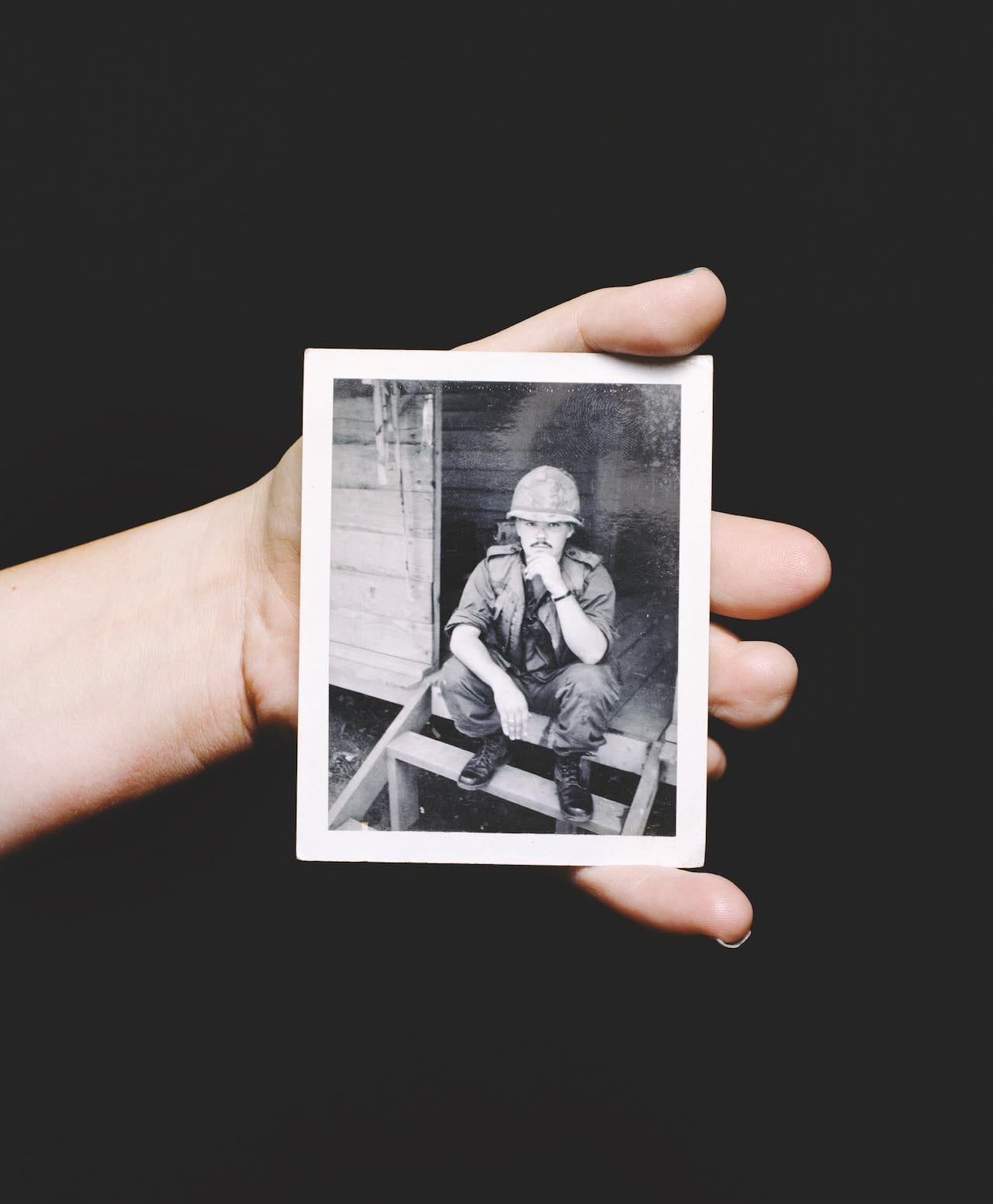With so many photographers out there, the question of what makes for a noteworthy project is all the more important. A strong command of the medium’s formal elements is crucial, but so too are the ideas and narratives that hold a photographic series together.
Established as a trade journal in 1854, during the 164 years since its conception, British Journal of Photography has moved away from this original intent. Today it is focused on showcasing the most innovative photography projects and the concepts behind them, opening up the discipline for readers from all walks of life.
But what makes a project fit for publication by British Journal of Photography?

The series Monsanto®: A photographic investigation, showcased on BJP online last year, is a series that epitomises this for Smyth. Created by the Franco-Venezuelan photographer, Mathieu Asselin, this long-form documentary project was recently nominated for the Deutsche Börse Photography Foundation Prize. “It’s a perfect example of a series that has both an extremely important message, and sophisticated and interesting images,” she says.

Through an assortment of his own imagery and archival material, Asselin reveals the corporation’s shady past and its idealised facade, sustained through years of carefully thought out propaganda and communications. “It shows how a photographic project can raise important questions, and challenge the view of the world put across by powerful institutions,” says Smyth.

British Journal of Photography remains dedicated to covering the best of photography, spotlighting new talent and established practitioners, along with new equipment and technology. Subscribe to BJP today to find out about the most inspiring and innovative photography before anyone else.
